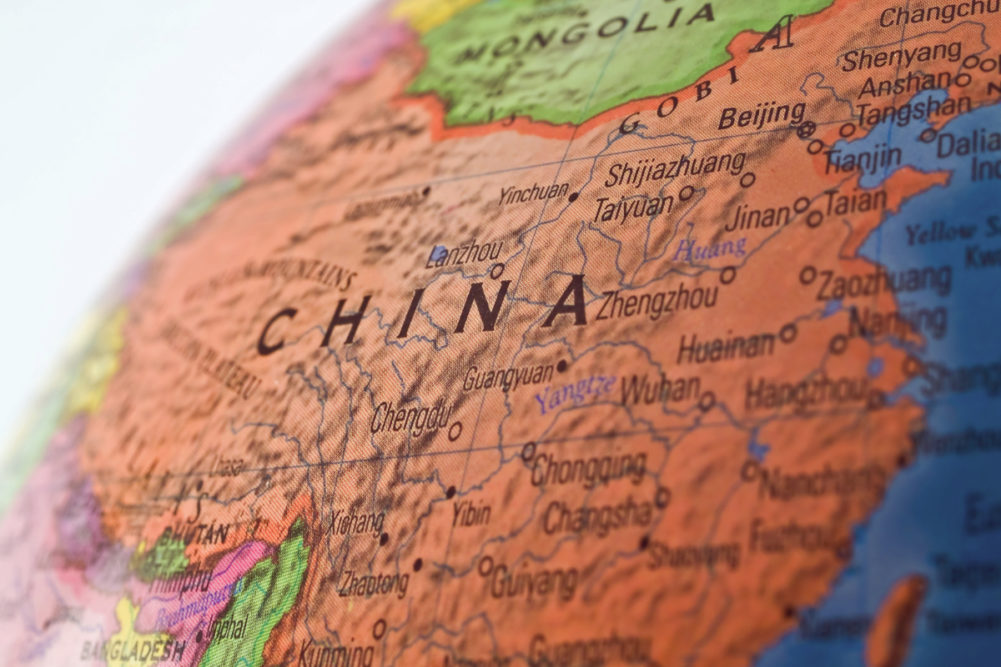KANSAS CITY, MISSOURI, US – All nations vow to make domestic food security a top priority, but none have shown a greater commitment to achieving this goal in recent years than China.
With less than 20% of the world’s population, the Asian superpower possesses more than half of the world’s corn, rice and wheat. Already a major producer of corn and wheat and the perennial leader in soybean imports, China over the past five years has increased imports of those commodities by twofold to twelvefold, giving it a comfortable surplus to feed its 1.4 billion people.
 Arvin Donley
Arvin DonleyA look at the country’s total supply and ending stocks for those three commodities plus rice, according to recent data from the Foreign Agricultural Service of the US Department of Agriculture, shows China has more than doubled its ending stocks over the past 10 years, with total supply more than doubling for corn and nearly doubling for soybeans, rice and wheat.
China has been plagued by deadly famines throughout its history — most recently in the late 1950s and early 1960s — and many of today’s political leaders, including President Xi Jingping, saw that tragedy unfold as children. Perhaps that’s one reason the Chinese central government for the first time included grain security in its 14th Five-Year Plan (2021-2025). Under the plan, which lists China’s national economic and social development objectives, China must achieve annual grain production of more than 650 million tonnes.
In what would be a welcome development, China reportedly will soon approve domestic production of genetically modified corn and soybeans, which would reduce its import needs for those crops. It currently imports GM corn and soybeans but does not allow the planting of GM crops.
Aside from increasing its food supply, China is seeking to diversify its list of food suppliers to avoid dependence on any one country. Notably, the Chinese government’s emerging Belt and Road Initiative will link China to Africa, the Middle East and Europe via land and maritime transportation networks. To date, China has signed over 100 agricultural cooperation agreements with Belt and Road Initiative countries. With the initiative, China is attempting to reconstruct global food supply chains through overseas free trade agreements, infrastructure investments, and foreign farmland acquisition.
This is all great news for China, but problematic for the rest of the world, especially poorer nations that rely heavily on imported grains to feed their people. In December, the United Nations warned that an estimated 274 million people will need humanitarian assistance in 2022, up from 235 million in 2021 and 168 million in 2020.
China’s grain hoarding is undoubtedly a factor in the recent surge in grain and food prices. There’s a fine line between a country securing adequate grain supplies to feed its people and hoarding excess amounts of grain in a world where the demand is high, and the supply is limited.
If this century’s worst global hunger crisis continues to worsen, the world will be watching closely to see if China maintains or even increases its “historically high” grain stockpiles or donates some of that surplus to food-insecure regions, as other grain-rich countries have over the years.
Arvin Donley is editor of World Grain.





